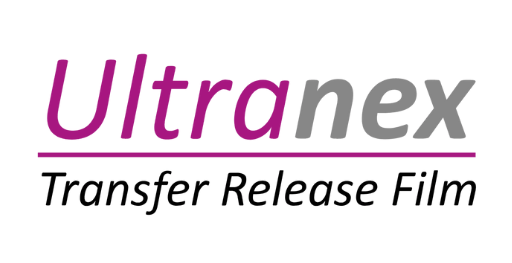It’s not accurate to say definitively that DTF transfers are always “better” than sublimation. Both DTF and sublimation are excellent printing methods, but they excel in different scenarios. Here’s a breakdown to help you understand their strengths
DTF (Direct to Film) Advantages
- Versatility
- DTF works on a wide range of fabrics, including cotton, polyester, blends, and even materials like leather and denim. This makes it highly versatile.
- It can print vibrant designs on both light and dark-colored garments.
- Detailed Prints
- DTF can reproduce intricate designs and fine details with excellent clarity.
- It’s particularly good for designs with gradients and complex color combinations.
- Durability
- DTF prints are durable and can withstand numerous washes.
Sublimation Advantages
- Soft Hand Feel – Sublimation dyes the fabric fibers, resulting in a print that feels incredibly soft and integrated into the material.
- Exceptional Durability on Polyester – On polyester fabrics, sublimation prints are extremely durable and resistant to fading, cracking, and peeling.
- All-Over Prints – Sublimation is ideal for creating all-over prints that cover the entire garment.
Key Differences to Consider
- Fabric Compatibility
- DTF: Wide range of fabrics.
- Sublimation: Primarily polyester or polymer-coated materials.
- Print Feel
- DTF: Slight texture.
- Sublimation: Very soft, no texture.
- Color on Dark Garments
- DTF: Excellent.
- Sublimation: Not suitable.
In Conclusion
- Choose DTF if you need to print on a variety of fabrics, especially dark-colored cotton.
- Choose sublimation if you’re primarily working with light-colored polyester and want a very soft, durable print.
Therefore, the “better” choice depends on your specific needs and the type of garments you’re printing.







